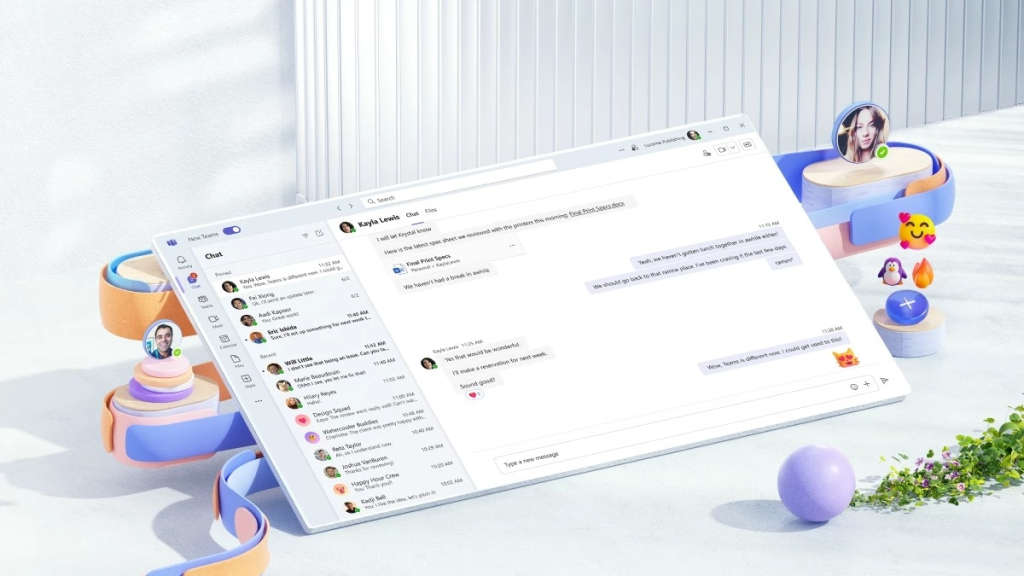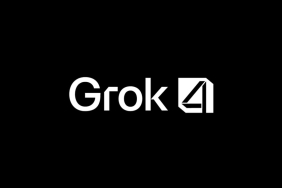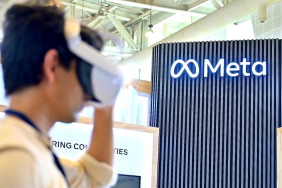Microsoft has unveiled a redesigned version of its Teams application, promising enhanced speed and usability. The company announced on Monday that the updated app is designed to be as much as two times faster than the existing version, with launching the app and joining video calls reportedly taking just half the time compared to before. Additionally, users can expect smoother scrolling experiences and the removal of placeholder assets, all while the new Teams application utilizes 50 percent less memory.
In a blog post, Microsoft outlined that the redesign incorporates extensive user feedback, focusing on “speed, performance, flexibility, and intelligence.” This includes new AI-driven features like Copilot, announced earlier this month, which is expected to significantly enhance team productivity.
The company asserts that participants can join meetings twice as quickly, and transitions between chats and channels will be 1.7 times quicker. The overall user experience has also been reimagined to align with these goals.
Optimizations have been made to Teams’ data, network, chat, and video infrastructure. A significant contributor to this upgrade is the transition from Electron technology to Microsoft’s Edge WebView 2 rendering engine. In addition, Microsoft has switched from AngularJS to React for web development and adopted its Fluent UI UX control system for a more standardized design.
Visual changes include a shift from grey to white for the background color, along with a more subdued version of the signature purple hue associated with Teams. The company has also aimed for consistency in emoji designs across Microsoft 365 and announced plans for new backgrounds, group profile addition functionalities, and theming options, which will launch later this year.
With the introduction of Microsoft Loop in the new Teams app, users will be able to collaborate on Loop elements directly within Teams chats without needing to exit the application. The new version is also built to support advanced AI capabilities, like smart recaps and Copilot for Microsoft Teams, according to Microsoft.
Additionally, improvements have been made to the authentication model, synchronization, and notification systems. This means that users managing multiple organizational accounts can remain logged in without the need to switch back and forth, and they will receive notifications seamlessly, regardless of which tenant they are engaged with.
During its earnings report in January, Microsoft revealed that Teams boasts 280 million monthly active users. The new iteration of Teams is set to roll out to all users later this year, with immediate access available for Windows users enrolled in the company’s Public Preview program, although an administrator will need to enable this for their organization first.
Users will have the flexibility to switch between the new and previous versions of Teams if desired. Microsoft assures users that the older experience will remain accessible, at least for the time being. Furthermore, support for macOS is expected to be integrated later this year.






